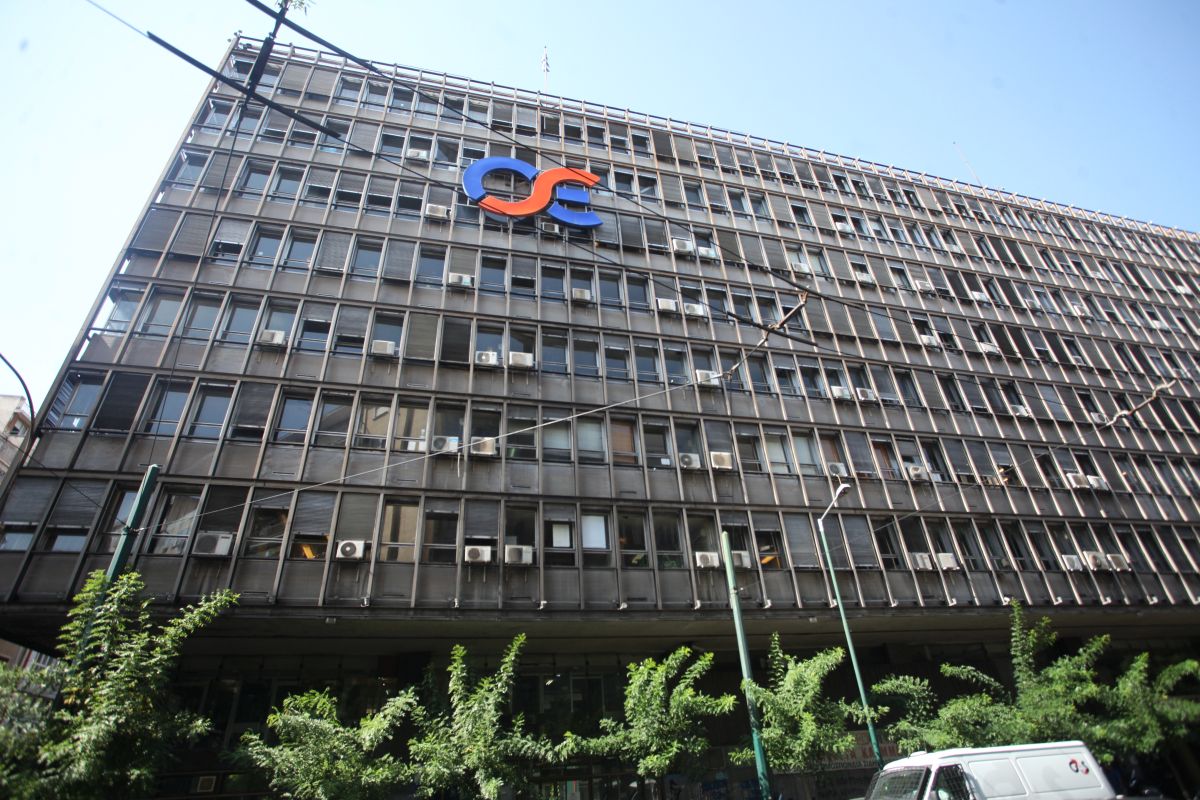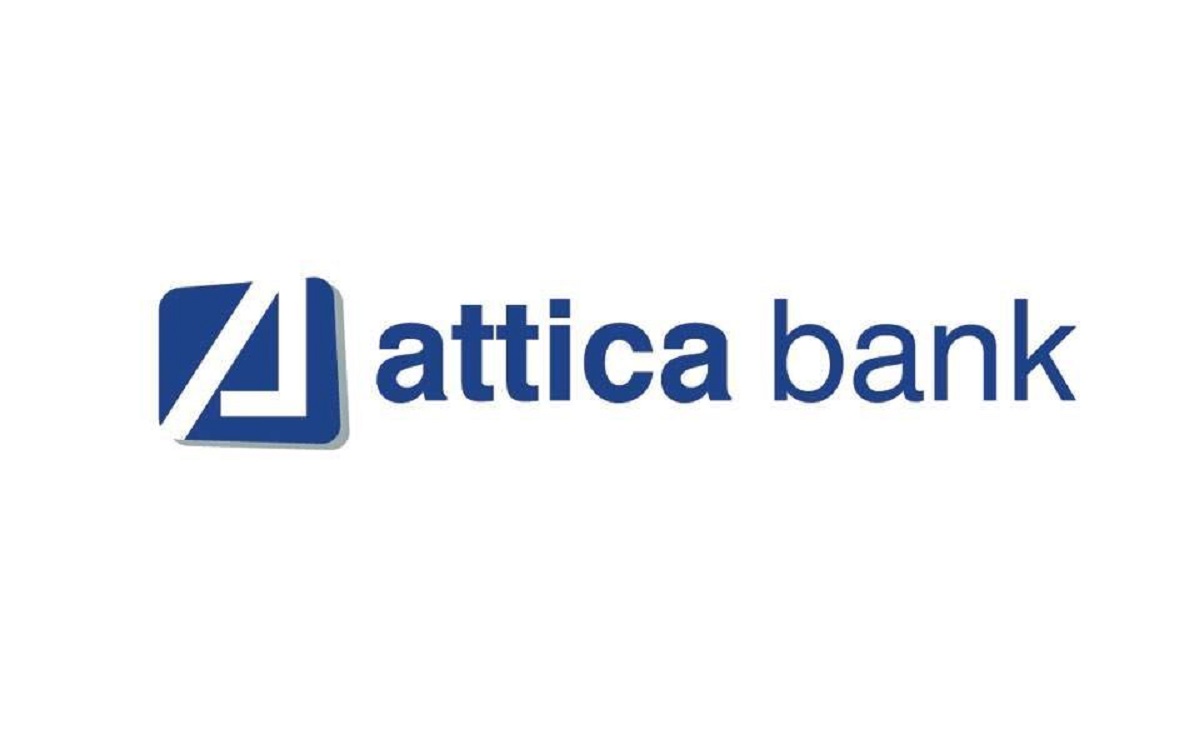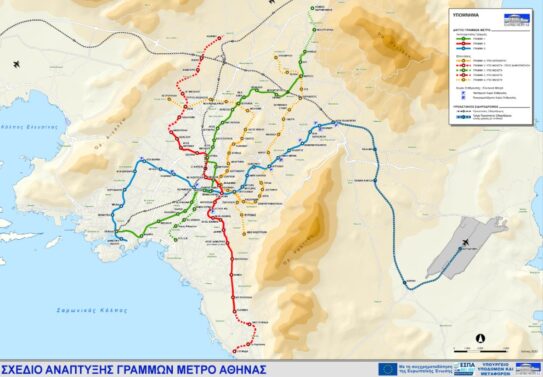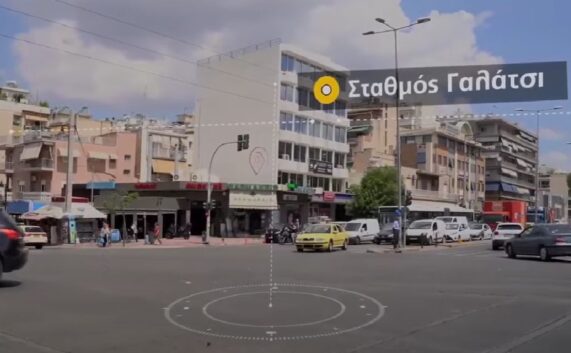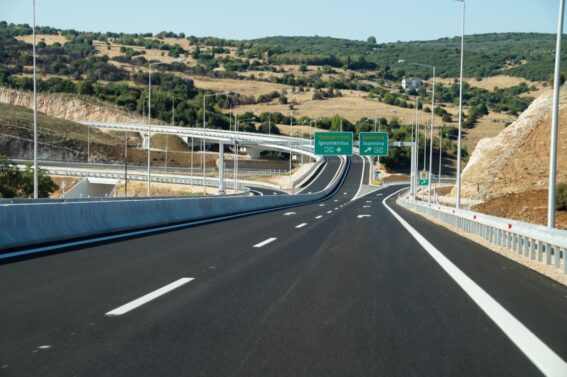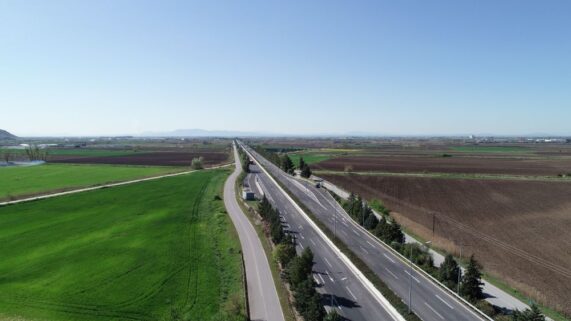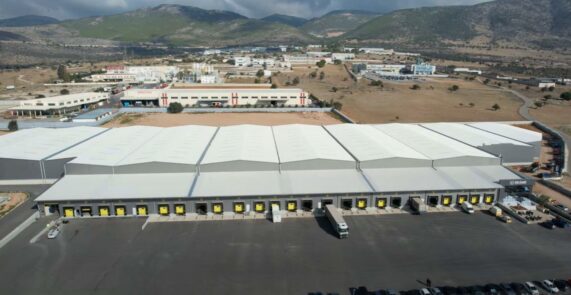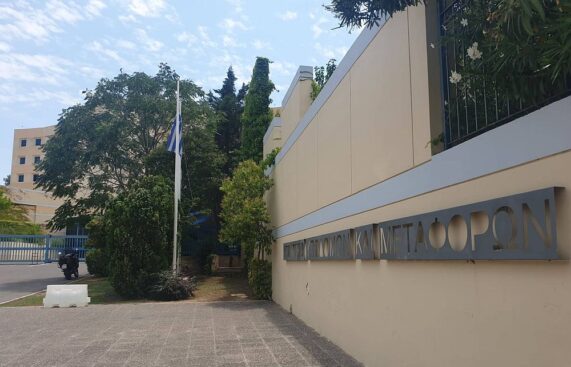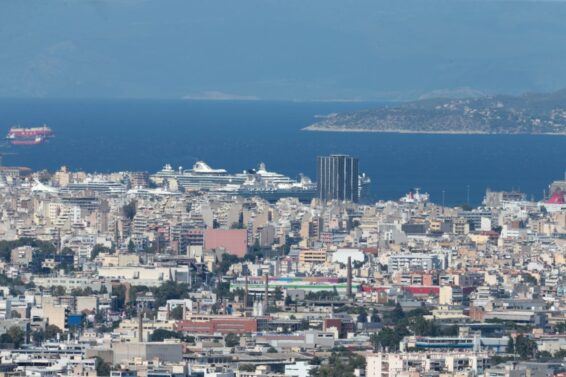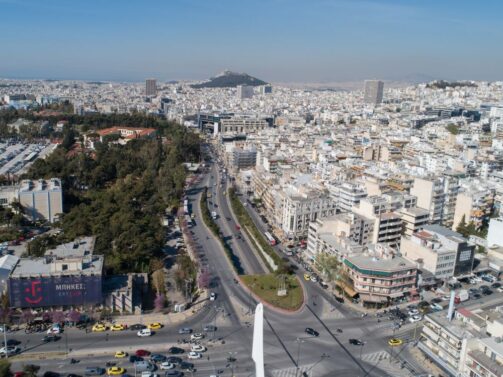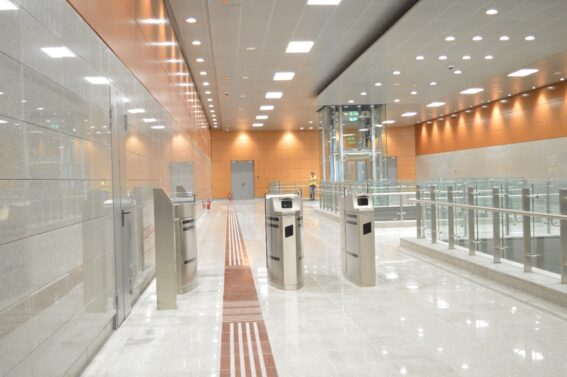Thirteen years have gone by since the first tram trains started circulating the capital, full of passengers. It was July 19, 2004, just a few weeks before the inauguration of Athens Olympic Games, when the Athenians rushed in enthusiasm to try the newly introduced means of transport.
Its first itineraries faced several operational problems and it took months for the network to finally run smoothly. Three years later, on November 15, 2007, the sole extension (until now) of the Tram network operated, from Glyfada to Asklipiio Hospital in Voula area.
In 2013, a major extension project towards Piraeus started, with almost a decade’s delay. The construction phase encountered serious problems due to the narrow road network of Piraeus urban grid and the archaeological findings. It is noteworthy that the extension was due to become operational in early 2015 but the reality is that it will not be available for the public before the Summer of 2018, at best.
Currently, another sizeable extension to Keratsini, Drapetsona and Perama is under consideration. Studies are still being carried out regarding the future project while funds are expected to be found from NSRF 2014-2020 revision. Early estimations of the cost are roughly at 180mn euros.
The great return of the Tram in Athens
Tram S.A. was established in 2001 and is a subsidiary of Attiko Metro S.A. It commenced its commercial operation in July 2004 with the start of its routes. Since 2011, the Tram Company has been incorporated in STA.SY. S.A., a corporate group that derived from the merger of all, formerly independent, fixed rail transportation companies of the capital. Today, Tram features 27 km of overground network.
Around 65,000 passengers are using the Tram on a daily basis. Especially in the summer, due to the routes’ proximity to the coastal front, the Tram is very popular and records increased traffic. It can be said that it is one of the most-liked means of transport for the tourists, who use it to reach the beaches of Athens.
Tram in Athens is a means of transport moving around a small part of the city. It covers the center of the capital and a part of its southern suburbs. The municipalities served by the Tram network are: Municipality of Athens, Municipality of Paleo Faliro, Municipality of Alimos, Municipality of Elliniko, Municipality of Glyfada, Municipality of Vari-Voula-Vouliagmeni, Municipality of Kallithea, Municipality of Moschato and Municipality of Piraeus (at the borders with Neo Faliro).
The Tram network has 3 main lines to serve its passengers:
– Syntagma Sq. (Athens)-Peace and Friendship Stadium (Piraeus)
– Syntagma Sq.-Voula (Southern Suburbs)
– Peace and Friendship Stadium-Voula
The Tram offers a 20-hour service daily. The average waiting time is between 7 and 10 minutes. The Tram network includes 48 stops, 4 of which are interchanges for the Metro network:
Peace and Friendship Stadium, Neo Faliro*, Moschato, Kallithea, Tzitzifies, Delta Falirou, Aghia Skepi, Trocadero, Flisvos Park, Flisvos, Batis, Edem, Pikrodaphni, Alimos Marina, Kalamaki, Zephyros, Loutra Alimou, Elliniko, 1st Aghios Kosmas, 2nd Aghios Kosmas, Aghios Alexandros, Ellinon Olimpionikon, Sailing Center, Verghoti Sq., Glyfada Beach, Old Town Hall, Vasso Katraki Sq., Angelos Metaxas, Esperidon Sq., Natatorium, Asklipiio Voulas, Syntagma*, Zappio, Vouliagmenis Av., Syngrou/Fix*, Kasomouli, Neos Kosmos*, Baknana, Aegean, Aghia Fotini, Alexander the Great, Aghia Paraskevi, Medea-Mikali, Evangelical School, Achilleos, Amfitheas, Panaghitsa, Musson
*Interchange Stations
– Syntagma Sq. (connection with Metro Lines 2 and 3)
– Syngrou/Fix (connection with Metro Line 2)
– Neos Kosmos (connection with Metro Line 2)
– Faliro (connection with Metro Line 1)
Each stop is equipped with ticket vending machines. The company has 35 trains in total, each with a total capacity of 254 passengers. Both stops and rolling stock are accessible to passengers with mobility limitations. Tram trains are also bicycle and pet friendly throughout its hours of service.
Athens today, belongs to the list of the cities which possess a Tram network, a modern and safe means of transport, fast, reliable and environmentally friendly. In addition, tram network construction is very cheap, considering that relevant works cost up to 8 times less than an equivalent metro project.
Undoubtedly, with the development of the Tram network, the image of the city changed for the better. Roughly 2,500 trees and 94,000 shrubs along the tracks and more than 46,000 sq.m. of grass-covered spaces.
The company owns a state-of-the-art depot to house its rolling stock and administration services, in an area of 55,000 sq.m. total surface, at the facilities of the former international airport at Elliniko.
The first period of the Tram in Athens
An important piece of history for the Tram’s presence in Athens is the fact that it has been one of the most dominant means of transport in the city, reaching 21 double track lines indeed, scattered throughout the city, as early as the 19th century.
The Tram was actually introduced for the very first time in 1882 with the use of horse-drawn carriages, while in 1908 the first electric Tram premiered. Since the 1950s, the Tram started to be treated as an outdated medium and its lines were gradually removed. The last Tram line that linked Perama with Piraeus stopped operation in 1977 (before its re-operation in 2004).
Nikos Karagiannis-ypodomes.com
Follow Nikos Karagiannis on Twitter
ΜΗΝ ΞΕΧΑΣΕΤΕ
- Ακολουθήστε το ypodomes.com στο Google News και μάθετε πρώτοι όλες τις ειδήσεις για τις υποδομές στην Ελλάδα
- Αν είστε επαγγελματίας του κλάδου, ακολουθήστε μας στο LinkedIn
- Εγγραφείτε στο Ypodomes Web TV


